ZAMBIAN GEMSTONES
Discover the Beauty and Value of Gemstones
Gemstones are a fascinating aspect of our natural world, coveted for their rarity, beauty, and cultural significance. Jagoda offer a wide variety of Zambian gemstones, each with its own unique properties and characteristics. From the rich history of emeralds to the brilliance of diamonds, there is much to discover in the world of gemstones. Whether you are a collector, enthusiast, or simply curious about these precious stones, we invite you to explore our selection and learn more about the world of gemstones.






Emerald
Emeralds are a precious gemstone prized for their vivid green colour and rarity. The name emerald comes from the Greek word “smaragdus,” meaning green. This gemstone has a long history dating back to ancient times when it was believed to have healing properties and was used in jewellery and ceremonial objects. In ancient Egypt, emeralds were considered a symbol of fertility and rebirth, while the Incas of Peru believed that emeralds were a gift from the god of thunder and lightning.
The meaning behind emeralds has evolved over time, and today, they are often associated with love, wisdom, and growth. It’s also the birthstone for the month of May, making it a popular choice for those born in that month.
Zambian emeralds were formed over 500 million years ago and are highly prized for their rich green colour and transparency. They are found in the copper belt region of Zambia and are considered some of the finest emeralds in the world. Unlike other emeralds, Zambian emeralds have a bluish-green tone, which gives them a unique character. The mining of Zambian emeralds has helped to create jobs and economic growth in the region.
In addition to their beauty, emeralds are also known for their durability and are a popular choice for engagement rings and other fine jewellery. When buying emeralds, it’s important to look for clarity, colour, and cut to ensure that you’re getting a high-quality stone. With their rich history and symbolism, emeralds continue to be a sought-after gemstone for both collectors and those who simply appreciate their natural beauty.

Tourmaline
Tourmaline is a gemstone known for its vibrant and diverse colours. It comes in many shades, including green, pink, blue, and black, among others. The name tourmaline comes from the Sinhalese word “tura mali,” meaning “stone of mixed colours.” This gemstone has a long history, dating back to ancient civilisations such as the Egyptians and Greeks, who believed that tourmaline had healing properties and could protect against negative energies.
The meaning behind tourmaline varies depending on the colour of the stone. Green tourmaline is said to promote vitality and abundance, while pink tourmaline is associated with love and emotional healing. Black tourmaline is believed to provide protection against negative energies and psychic attacks.
Zambian tourmaline is highly prized for its deep green colour and transparency. It’s found in the same region as Zambian emeralds and is considered a rare and valuable gemstone. Zambian tourmaline is often used in high-end jewellery and is sought after by collectors.
In addition to its beauty, tourmaline is also prized for its electrical properties. It’s one of the few gemstones that can become electrically charged when heated or rubbed. This property makes tourmaline useful in electronic devices and other applications.
Whether you’re drawn to tourmaline for its beauty, cultural significance, or electrical properties, there is much to appreciate about this versatile gemstone. From ancient times to the modern day, tourmaline continues to capture the imagination of people around the world.

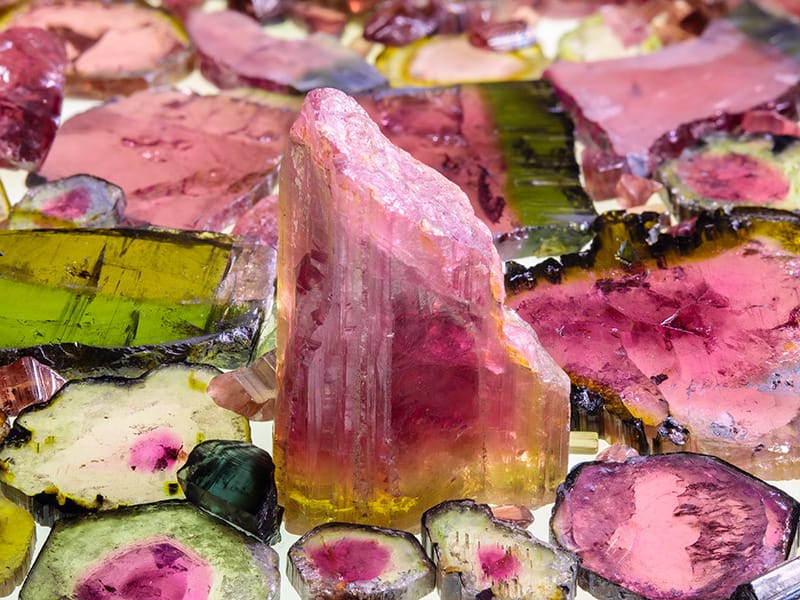
Aquamarine
Aquamarine is a stunning gemstone named after the Latin word for seawater. It is known for its pale blue to greenish-blue colour and belongs to the beryl family of gemstones, which includes emerald and morganite. This gemstone has a long history, and it was believed to be a symbol of courage and protection for sailors and travellers in ancient times.
The meaning behind aquamarine is often associated with tranquillity and clarity. It is said to promote a sense of calm and relaxation, making it a popular choice for those seeking emotional balance and harmony. Aquamarine is also the birthstone for the month of March, making it a popular choice for jewellery gifts for those born in that month.
Zambian aquamarine is a rare and highly prized variety of aquamarine known for its rich blue-green colour. It is found in the same region as Zambian emeralds and is considered a valuable gemstone. Zambian aquamarine is often used in high-end jewellery and is sought after by collectors.
In addition to its beauty and symbolism, aquamarine is also prized for its durability and makes an excellent choice for everyday wear jewellery. When selecting aquamarine, it is important to look for a stone with good clarity and colour. With its rich history and calming properties, aquamarine is a gemstone that continues to capture the hearts of many.

Amethyst
Amethyst is a beautiful and popular gemstone that belongs to the quartz family of gemstones. It is formed when silicon dioxide-rich solutions fill in the cracks and cavities in rocks, and then undergo a process of cooling and crystallisation. This process can take hundreds or even thousands of years, resulting in the stunning violet-purple colour that is characteristic of amethyst.
The name “amethyst” comes from the Greek word “amethystos,” meaning “not drunken,” as it was believed that the gemstone had the power to ward off drunkenness. Amethyst has a rich history and has been prized by many cultures throughout the ages. The ancient Greeks believed that amethyst could prevent intoxication and promote a clear mind, while the Egyptians used it for protective amulets. During the Middle Ages, amethyst was a symbol of royalty and was often used in royal jewellery.
The meaning behind amethyst is often associated with protection and spirituality. It’s said to promote calmness and clarity, making it a popular choice for those seeking inner peace and spiritual growth. Amethyst is also the birthstone for February, making it a popular choice for jewellery gifts for those born in that month.
Zambian amethyst is a rare and highly prized variety of amethyst known for its deep, rich purple colour. It’s found in the same region as Zambian emeralds and is considered a valuable gemstone. Zambian amethyst is often used in high-end jewellery and is sought after by collectors.
In addition to its beauty and symbolism, amethyst is also prized for its durability and versatility. Whether you’re drawn to amethyst for its colour, cultural significance, or healing properties, there is much to appreciate about this timeless gemstone.
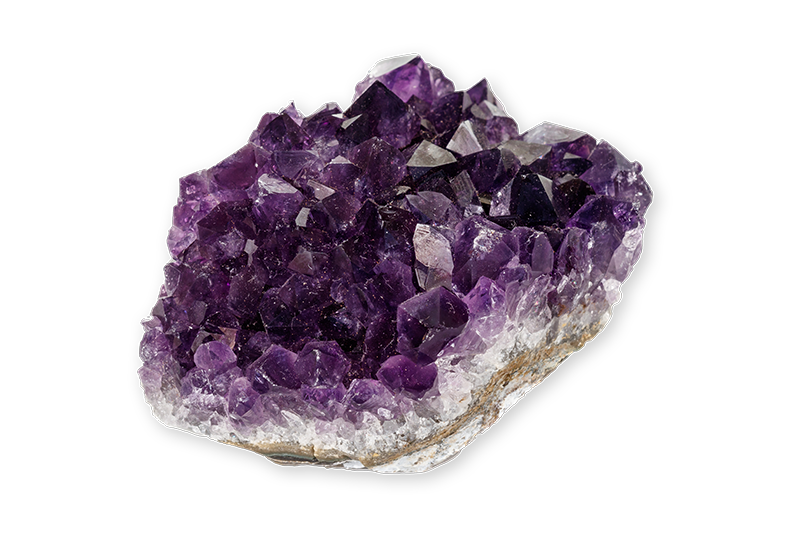
Citrine
Citrine is a yellow-to-golden-brown coloured variety of quartz and is often used in jewellery as a November birthstone. It is formed when amethyst undergoes a process of heat treatment, which transforms the violet colour of amethyst into the golden-yellow hues of citrine. This treatment is done in a controlled environment and is considered a safe and common practice in the gemstone industry.
Citrine is often associated with prosperity and success, and it’s believed to have a positive impact on the wearer’s confidence and self-esteem. It’s a versatile gemstone and can be found in a variety of jewellery designs, from classic to modern.

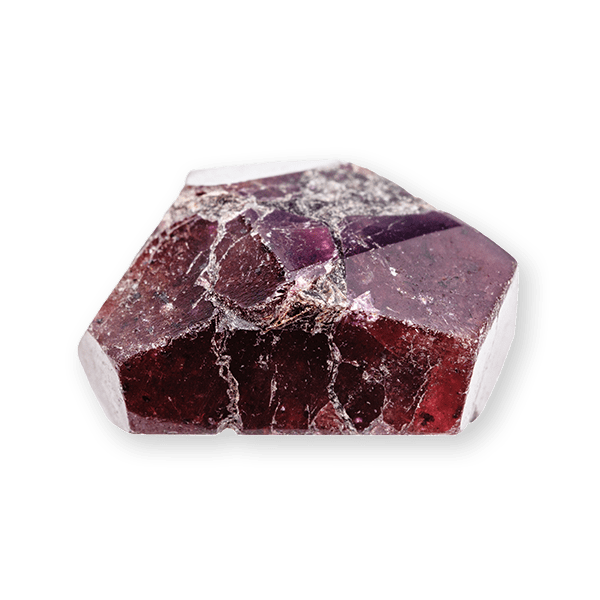
Garnet
Garnet is a beautiful and diverse gemstone that is formed when minerals such as pyroxene and amphibole undergo a process of metamorphism in high-temperature and high-pressure environments. This process can take millions of years and results in the formation of the stunning gemstone.
Garnet is found in a range of colours, including red, green, yellow, and orange. It is often used in jewellery, and its durability and versatility make it a popular choice for a variety of settings. Garnet is also believed to have healing properties and is associated with the heart chakra, promoting feelings of love, passion, and self-confidence.
Garnet
Garnet is a beautiful and diverse gemstone that is formed when minerals such as pyroxene and amphibole undergo a process of metamorphism in high-temperature and high-pressure environments. This process can take millions of years and results in the formation of the stunning gemstone.
Garnet is found in a range of colours, including red, green, yellow, and orange. It is often used in jewellery, and its durability and versatility make it a popular choice for a variety of settings. Garnet is also believed to have healing properties and is associated with the heart chakra, promoting feelings of love, passion, and self-confidence.

Rose Quartz
Rose quartz is a beautiful and popular gemstone that is often used in jewellery. It is a type of quartz that is pink in colour and is formed through a process of mineralization in the Earth’s crust. The pink colour comes from the presence of titanium, manganese, and iron within the quartz crystal.
Rose quartz is believed to have healing properties and is often associated with the heart chakra. It is said to promote feelings of love, compassion, and forgiveness, making it a popular choice for those seeking emotional healing and balance. Rose quartz is also used in crystal healing practices to enhance feelings of inner peace and self-love.
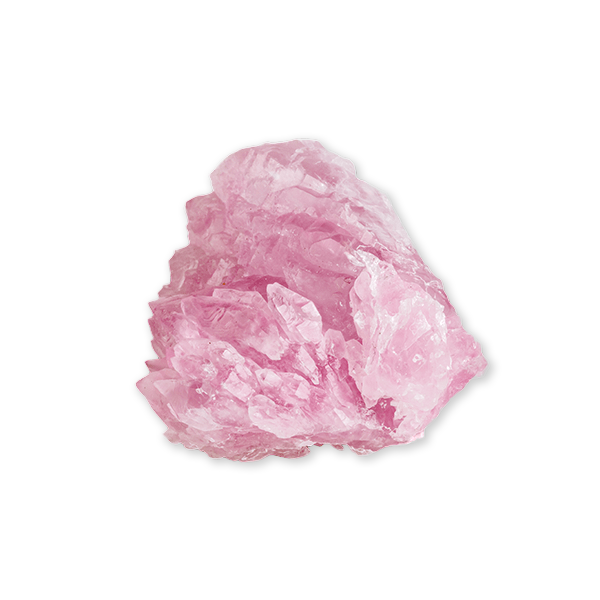
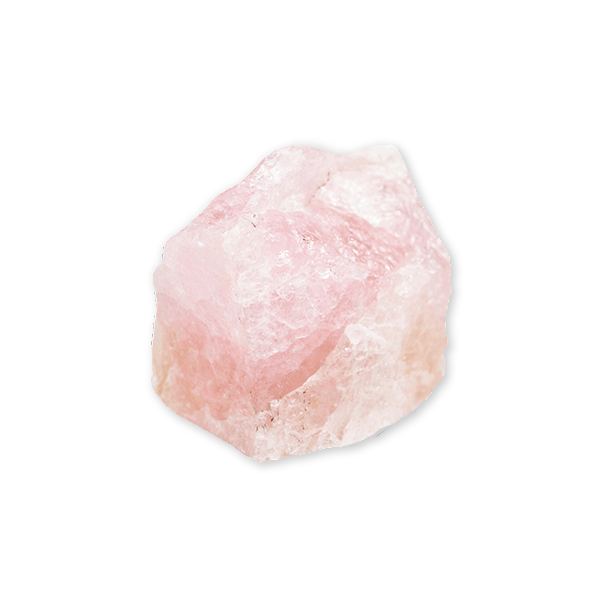
Morganite
Morganite is a stunning gemstone that comes in shades of pink, peach, and salmon. It is a type of beryl mineral that is formed from the elements beryllium, aluminum, and silicon, and is often found in granite rocks. The pink colour comes from the presence of manganese within the crystal.
Morganite is a durable and versatile gemstone that is often used in jewellery, and is prized for its soft, feminine hue. It is said to have healing properties that promote emotional healing and balance, and is associated with the heart chakra, promoting feelings of love, compassion, and empathy.
Morganite
Morganite is a stunning gemstone that comes in shades of pink, peach, and salmon. It is a type of beryl mineral that is formed from the elements beryllium, aluminum, and silicon, and is often found in granite rocks. The pink colour comes from the presence of manganese within the crystal.
Morganite is a durable and versatile gemstone that is often used in jewellery, and is prized for its soft, feminine hue. It is said to have healing properties that promote emotional healing and balance, and is associated with the heart chakra, promoting feelings of love, compassion, and empathy.

Expert Tips on Buying Coloured Gemstones
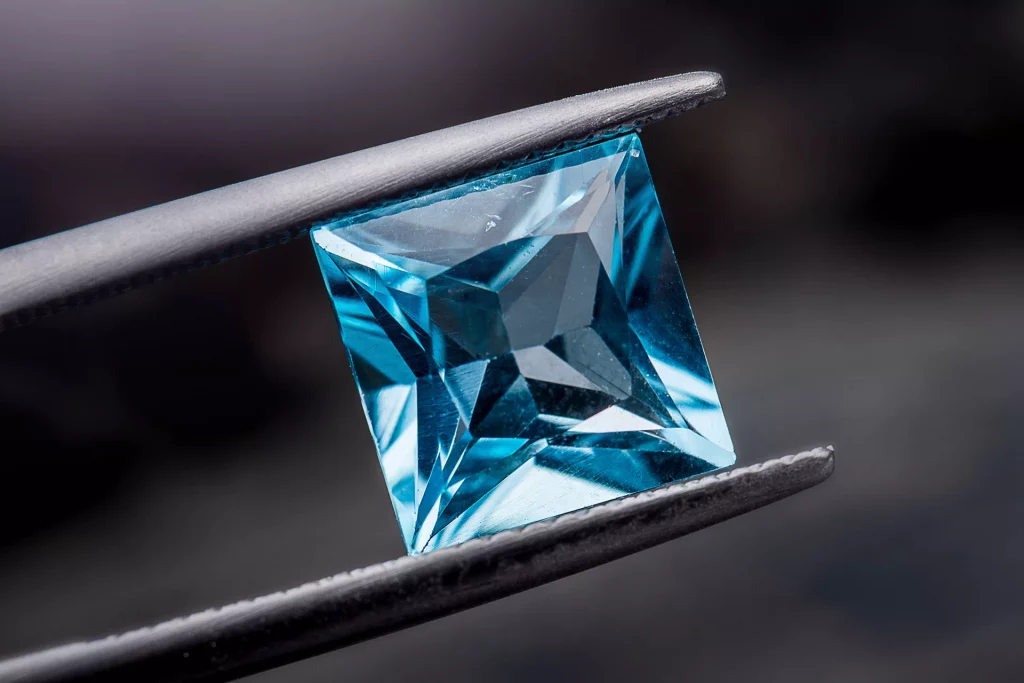
Gemstone Selection
Begin by choosing the right gemstone type that resonates with your style and personality. Familiarise yourself with the various categories of coloured gemstones, including precious, semi-precious, and organic gems, to understand their unique attributes.
Colour Evaluation
Examine the gemstone's colour under different lighting conditions and look for evenness of colour and saturation. Study the International Colored Gemstone Association colour grading system, which assigns a value to hue, tone, and saturation, to assess the gemstone's colour accurately.
Quality Matters
Apply the "Four Cs" (Carat, Cut, Clarity, and Colour) commonly associated with diamonds, adapting them to the specific gemstone type you are purchasing. Understand that certain coloured gemstones are rarer, making them more valuable and unique.
Inclusions & Clarity
Examine the gemstone for internal inclusions or surface blemishes that can affect its transparency and overall appearance. Don't worry about inclusions - these are natural gemstones.
Natural vs. Treated
Understand the difference between natural, synthetic, and treated gemstones. Natural gems are typically more valuable, while treatments can enhance colour or clarity.
Investment
If you're considering gemstones as an investment, consult with a qualified gemologist or financial advisor to make informed decisions based on market trends and historical values.